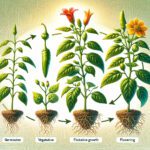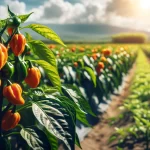Chili pepper (Capsicum spp.) cultivation is an essential component of agriculture and gastronomy in Latin America. A thorough understanding of its phenological stages allows farmers to optimize management practices, anticipate the plant’s needs, and ultimately achieve abundant and high-quality harvests. In this second part, we will delve deeper into the physiology of each phenological stage of chili peppers, offering specific agronomic recommendations and considering the particularities of the various growing regions in Latin America.
1. Germination: Awakening the Spicy Potential
- Physiology: Germination is the process by which the seed embryo activates and begins to grow. Water absorption is the first step, followed by the activation of enzymes that mobilize the seed’s reserves. The radicle emerges to anchor itself and absorb nutrients, followed by the hypocotyl that pushes the cotyledons towards the light. Temperature is a critical factor, with an optimal range of 25-30°C for most chili pepper varieties.
- Detailed Agronomic Management:
- Seed Selection: Use certified seeds of varieties adapted to the region and with high germination capacity.
- Seedbed Preparation: Use well-drained, aerated, and pathogen-free substrates. Germination trays or soil seedbeds can be used.
- Pre-treatments: Soaking the seeds in warm water for 12-24 hours or pre-germinative treatments can accelerate and uniformize germination.
- Sowing: Sow at a depth of 1-1.5 cm and ensure constant substrate moisture without waterlogging.
- Temperature and Humidity Control: Maintain optimal temperature and humidity during germination, using plastic covers or germination chambers if necessary.
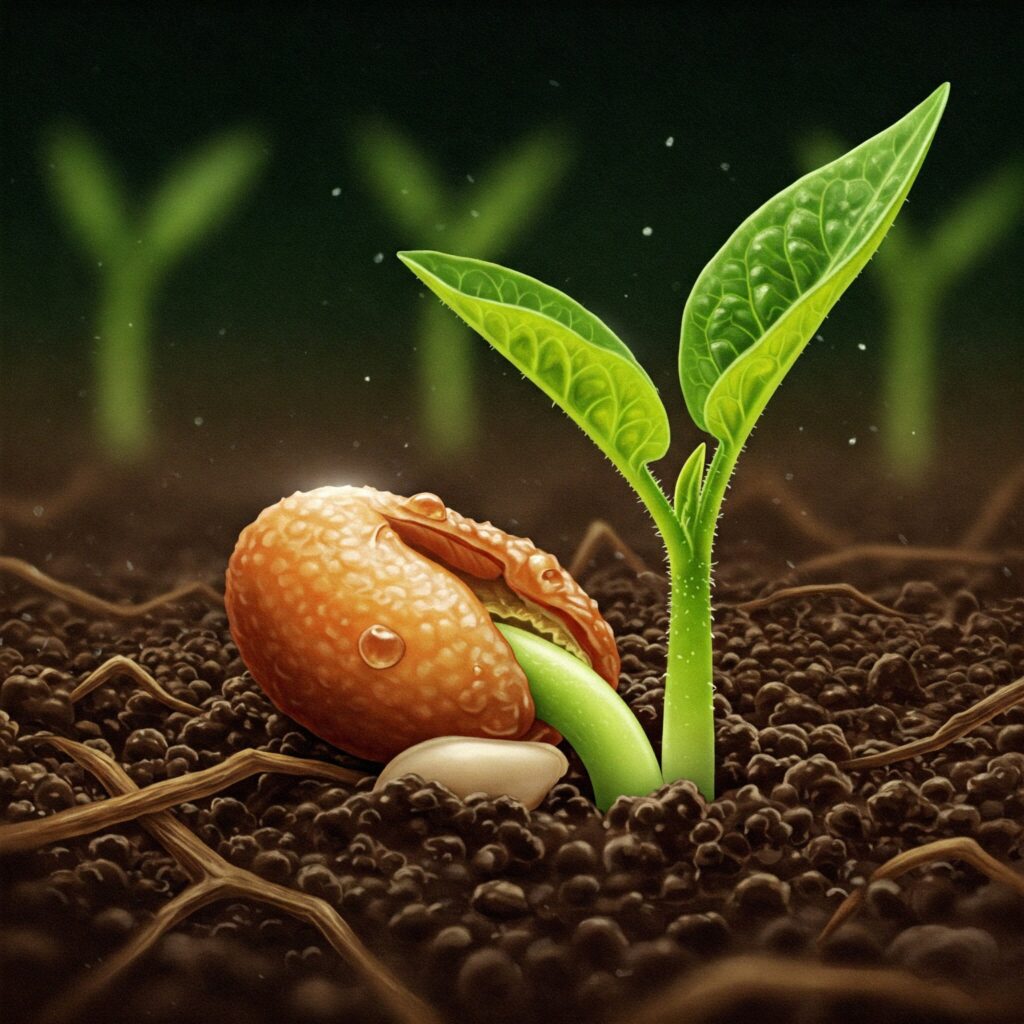
2. Vegetative Growth: Forging a Robust Structure
- Physiology: This stage is characterized by the development of the root system, the main stem, and the leaves. The plant focuses its energy on biomass production through photosynthesis. A well-established root system is crucial for the efficient absorption of water and nutrients in later stages.
- Detailed Agronomic Management:
- Transplanting: Transplant to the open field or pots when the seedlings have 4 to 6 true leaves and a well-developed root system.
- Irrigation: Maintain regular and adequate irrigation according to the plant’s needs, avoiding both water deficit and excess.
- Nutrition: Provide a balance of nitrogen (N) for foliar growth, phosphorus (P) for root development, and potassium (K) for tissue strength. Split applications of fertilizers are recommended.
- Pruning: Formation pruning can be carried out to promote an open canopy structure that facilitates aeration and light penetration, which is important for disease prevention and better fruiting.
- Pest and Disease Control: Monitor and control common pests at this stage such as aphids, whiteflies, and leafminers, as well as fungal diseases such as damping-off and leaf spots.
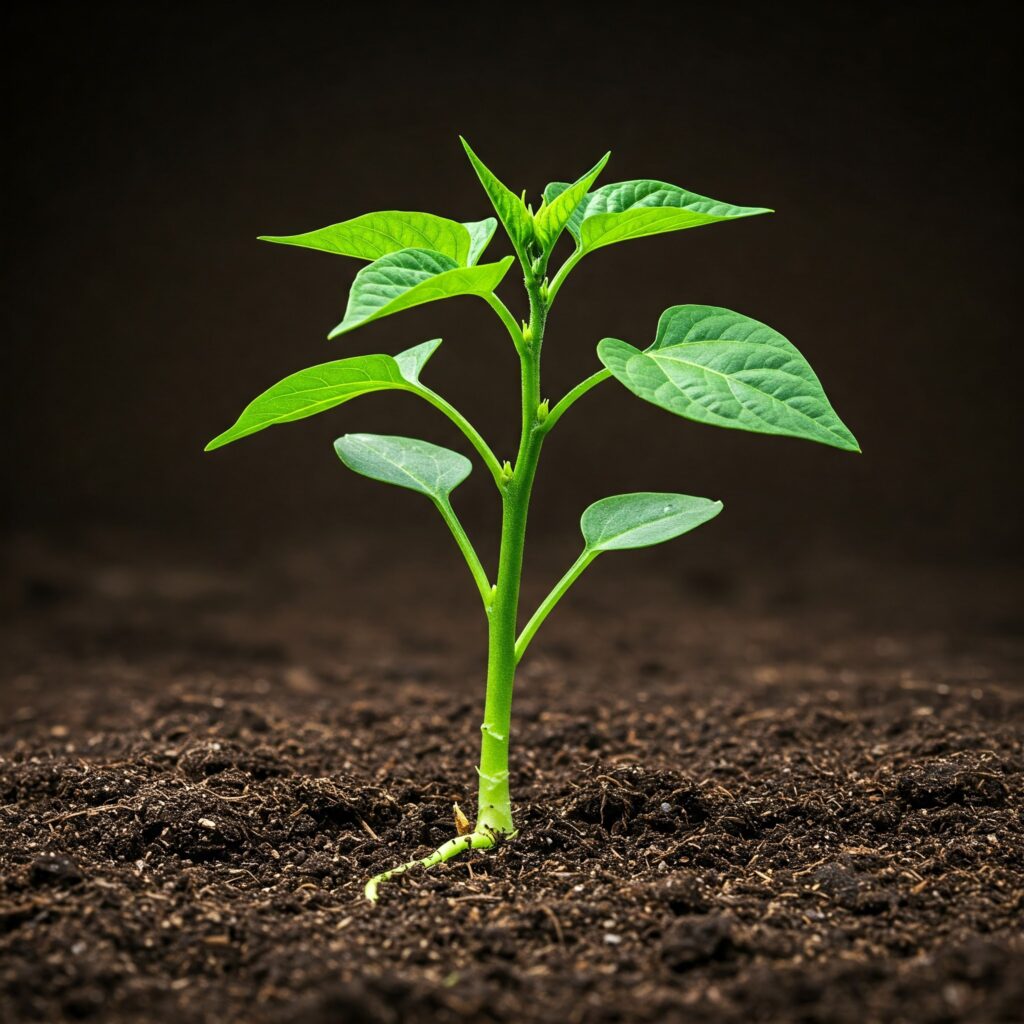
3. Flowering: The Announcement of the Future Harvest
- Physiology: The plant reaches reproductive maturity and begins to develop flower buds that will open into flowers. The chili pepper flower is generally hermaphroditic, and pollination can be self-pollination or cross-pollination (favored by insects such as bees). Environmental conditions, especially temperature and humidity, can significantly influence flowering and fruit set.
- Detailed Agronomic Management:
- Irrigation: Maintain consistent irrigation and avoid water stress, which can cause flower drop.
- Nutrition: Increase the supply of phosphorus (P) to promote flowering and fruit development. Boron (B) and calcium (Ca) are important micronutrients for pollen viability and fruit set. Slightly reduce the supply of nitrogen (N) to avoid excessive vegetative growth.
- Pollination: Encourage the presence of natural pollinators. In greenhouses or conditions of low natural pollination, manual pollination or the introduction of beehives can be used.
- Flower Thinning: In some varieties with excessive flowering, thinning can be done to ensure that the plant can sustain fruit development.
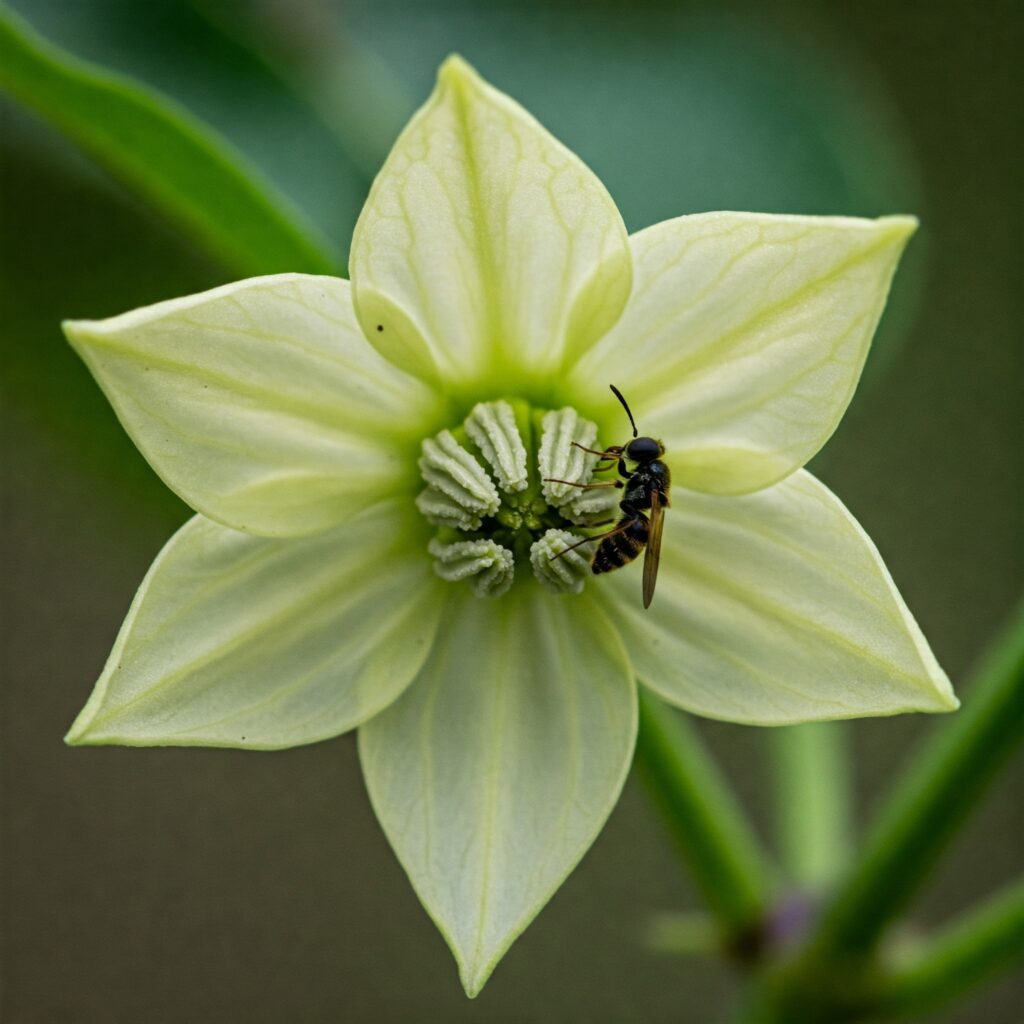
4. Fruiting and Maturation: The Development of Flavor and Color
- Physiology: After pollination and fertilization, the flower ovary develops into the fruit. Chili peppers go through different stages of growth and maturation, characterized by changes in size, shape, color, and capsaicin content (the compound responsible for the spiciness). Maturation is influenced by temperature, light, and nutrient availability.
- Detailed Agronomic Management:
- Irrigation: Maintain consistent and adequate irrigation for uniform fruit development.
- Nutrition: Potassium (K) plays a crucial role in fruit filling and maturation, as well as in the accumulation of sugars and other compounds that influence flavor. Calcium (Ca) is important for the firmness of the fruit cell wall and the prevention of blossom-end rot.
- Pest and Disease Control: Monitor and control pests that attack the fruits, such as fruit flies and fruit worms, as well as diseases such as anthracnose and powdery mildew.
- Hilling or Staking: In tall-growing varieties or those with a heavy fruit load, hilling or staking may be necessary to provide support to the plants and prevent the fruits from touching the ground.
- Harvest: The time of harvest depends on the desired use of the chili pepper and the variety. Chili peppers for fresh consumption are harvested at different stages of maturity depending on the desired color and texture. Chili peppers for drying or processing are generally harvested at their full physiological maturity.
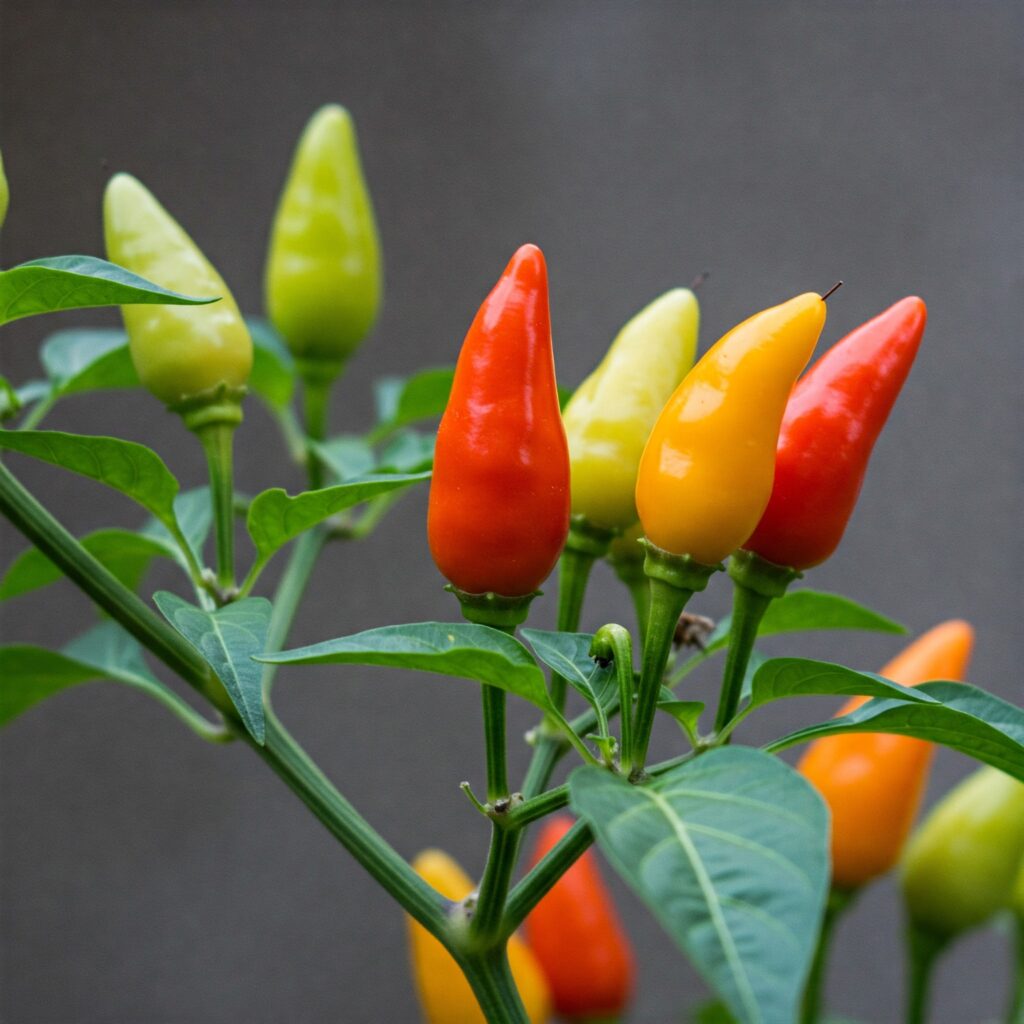
Conclusion: A Phenological Approach to Successfully Cultivating Chili Peppers in Latin America
Detailed knowledge of the phenological stages of chili peppers is an invaluable tool for farmers in Latin America. By understanding the physiological processes that occur in each phase, more precise and efficient management practices can be implemented, optimizing the use of resources and maximizing yield and crop quality. Adapting management strategies to the specific conditions of each region and chili pepper variety, based on this phenological schedule, is key to successfully cultivating chili peppers and keeping the rich agricultural tradition of the region alive. Constant observation of the plants and timely response to their needs at each stage are fundamental to achieving abundant and high-quality production.
 AgronoBlog – Agriculture Blog
AgronoBlog – Agriculture Blog 

